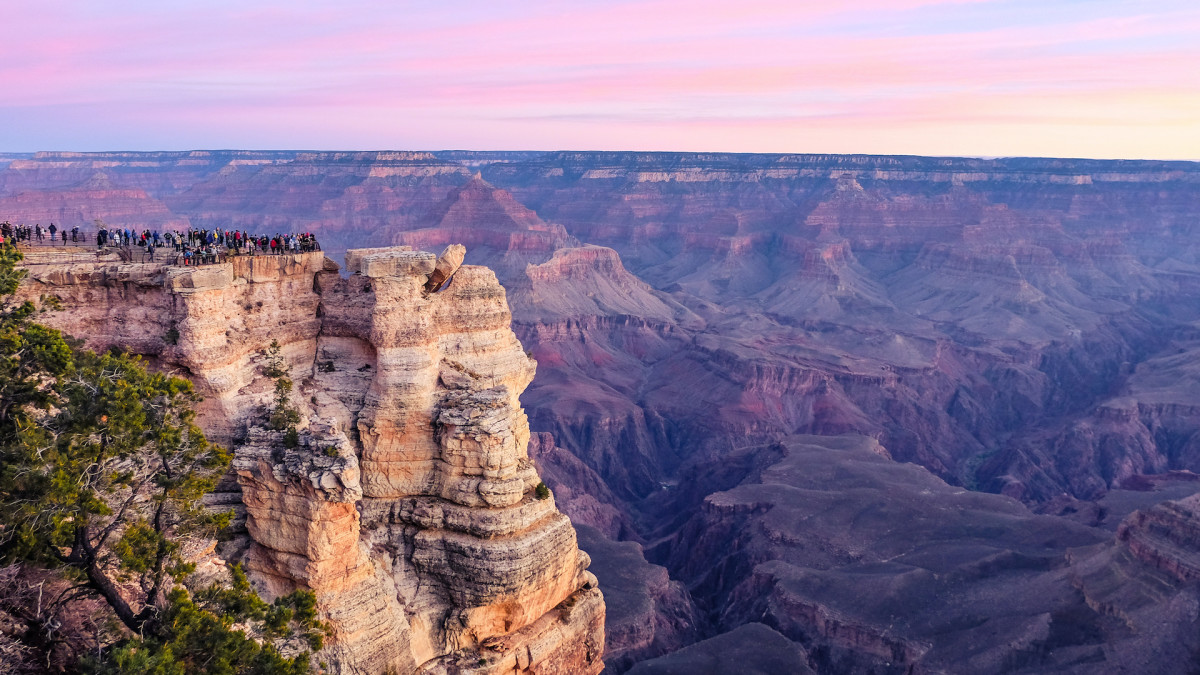
Enthralling millions with its vastness and beauty, Grand Canyon National Park is also one of the more dangerous parks for people to visit during certain times of the year. In the summer months, average daily temperatures can reach over 100°F (roughly 37.78°C) while there has also been an increase in related flash floods.
With three new heat-related visitor deaths in taking place in the last week of August and 14 since the start of the year, the Grand Canyon has now reached the annual average of fatalities despite four more months remaining until the end of the year.
Related: A simple mistake nearly cost these two national park visitors their lives
On August 28, National Park Service (NPS) authorities found the body of a 60-year-old backpacker from North Carolina on the trail between Lower Tapeats Camp and Deer Creek Camp.
Three new deaths at Grand Canyon have been reported in the last week
A few days earlier on August 25, people on a commercial river trip came across the body of 33-year-old Arizona resident Chenoa Nickerson. The NPS was already conducting search and rescue services after people close to Nickerson reported her missing; upon discovery, her body was "transported to the rim by helicopter and transferred to the Coconino County Medical Examiner."
More Travel:
- A new travel term is taking over the internet (and reaching airlines and hotels)
- The 10 best airline stocks to buy now
- Airlines see a new kind of traveler at the front of the plane
While the NPS did not elaborate on the cause of either death, it did say that Nickerson was "reported missing following a flash flood that struck Havasu Canyon on August. 22." Both she and the North Carolina man were found dead in parts of the park that are particularly prone to dry heat and flash floods that are becoming increasingly more common with climate change.
On August 22, another 80-year-old visitor did not survive after a flash flood struck caused his boat to capsize during a trip down Havasu Canyon.
Related: Get the best cruise tips, deals, and news on the ships from our expert cruiser
Flash floods, extreme heat: These are the main causes of increased fatalities
"The Grand Canyon Regional Communications Center received a report that CPR was in progress on an 80-year-old male who had entered the river after his boat flipped at Fossil Rapid," the NPS writes. "Despite the efforts of the group and park rangers flown in by helicopter, all resuscitation attempts were unsuccesful."
At the start of August, there have been a series of falling deaths including one in which 20-year-old Abel Joseph Mejia fell over the Pipe Creek Overlook that many visitors come to for photographic views of the canyon.
While each of the deaths is caused by unique circumstances (many were accidental stumbles, but in one case, a Missouri man attempted an illegal BASE jump off of Yavapai Point), the common factor comes down to an unpredictable terrain at least partially exacerbated by climate change — many tourists also do not expect how much things could have changed from what they remember from a past visit to the park.
“The arid, sparsely vegetated environment here means that rainfall quickly generates runoff because the ground doesn’t absorb it well," NPS spokesperson Rebecca Roland said to The Hill. “This runoff moves rapidly through narrow canyons and steep terrain, turning dry streambeds into torrents of water within minutes, even from relatively small storms."
Related: Veteran fund manager sees world of pain coming for stocks







